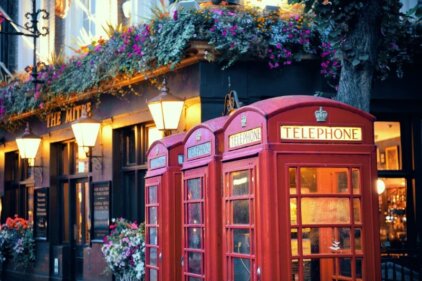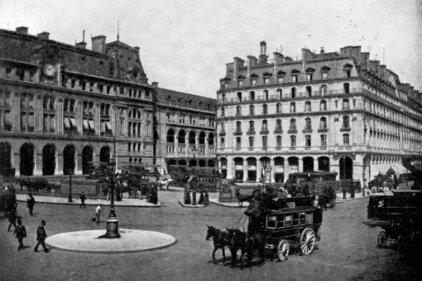London’s tallest buildings are not just structures, they are symbols of the city’s progress and ambition. In this article, I will take you on a journey to explore the heights of London’s skyscraper giants and uncover the stories behind these magnificent structures.
London’s tallest buildings
London’s tallest buildings hold immense significance for the city and its people. They are a testament to London’s status as a global financial hub and a beacon of economic power. These skyscrapers serve as a visual representation of the city’s growth and development over the years. Moreover, they are a source of pride for the local population, who see these buildings as landmarks that define their city.
Exploring the heights of London’s skyscraper giants
Now, let’s delve into the heights of London’s skyscraper giants. The Shard, standing at an impressive height of 310 meters, takes the crown as the tallest building in London. Located in the heart of the city, this glass-clad structure offers breathtaking views of London’s skyline from its observation deck. The second tallest building is the Heron Tower, reaching a height of 230 meters. This sleek tower is home to offices, restaurants, and even a sky bar where visitors can enjoy panoramic views of the city.
Moving on, we have the Leadenhall Building, also known as the “Cheesegrater,” which stands tall at 225 meters. This distinctive building, with its sloping shape, adds a unique touch to London’s skyline. Another notable skyscraper is the One Canada Square, located in Canary Wharf, which reaches a height of 235 meters. This iconic tower has been a prominent feature of London’s financial district since its completion in 1991.
Frequently asked questions about London’s tallest buildings
Which is the city with the highest percentage of tower blocks?
London holds the distinction of being the city with the highest percentage of tower blocks in the United Kingdom. These tower blocks, also known as high-rise buildings, are a common sight in London’s urban landscape.
What are London’s tallest residential towers?
London boasts some impressive residential towers, offering luxurious living spaces with stunning views. The tallest residential tower in London is the St George Wharf Tower, standing at a height of 181 meters. Other notable residential towers include the Baltimore Tower, the South Bank Tower, and the Strata SE1.
Where can I find out more about London’s tall building history?
If you’re interested in delving deeper into London’s tall building history, there are several resources available. The Museum of London, located near the Barbican Centre, offers exhibits and information about the city’s architectural heritage. Additionally, books such as “Skyscrapers of London” by Kenneth Powell provide a comprehensive exploration of London’s tall buildings.
Delving into the history of London’s tall buildings
To truly understand London’s tallest buildings, we must explore their historical roots. The concept of tall buildings in London can be traced back to the late 19th century when the construction of steel-framed structures revolutionized the city’s skyline. The Queen Anne’s Mansions, completed in 1873, was one of the earliest examples of tall buildings in London.
However, it was not until the mid-20th century that London witnessed a surge in the construction of skyscrapers. The completion of the NatWest Tower, now known as Tower 42, in 1980 marked a significant milestone in London’s architectural history. This 183-meter tall tower was the first skyscraper to surpass the height of St. Paul’s Cathedral.
Since then, London’s skyline has continued to evolve, with numerous tall buildings transforming the city’s landscape. Each new addition brings its own unique architectural style and contributes to the rich tapestry of London’s built environment.
Where to find more information about London’s tall building history?
For those eager to learn more about London’s tall building history, there are several resources available. The Museum of London, as mentioned earlier, offers a wealth of information and exhibits that delve into the city’s architectural heritage. Additionally, architectural books and journals, such as “London: The Skyscraper Centre of Europe” by Kenneth Allinson, provide detailed insights into the history and development of tall buildings in London.





